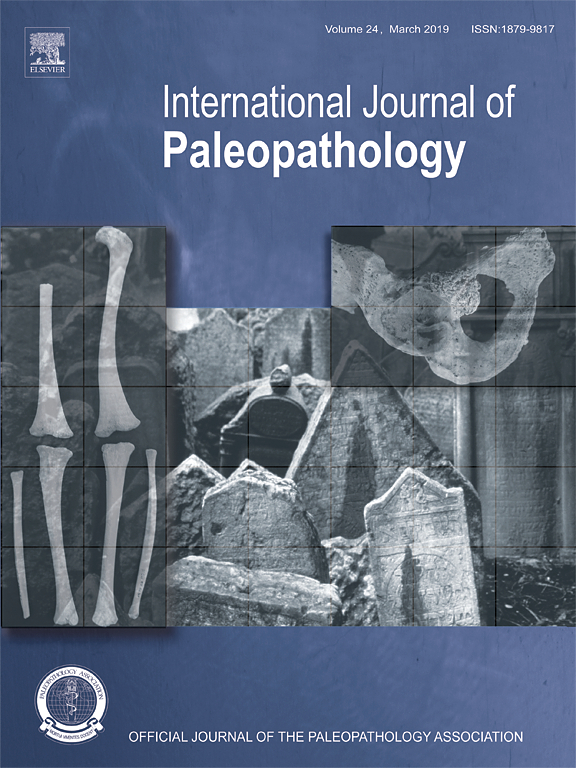Objective: We explore the utility of using a hand-held X-ray system to diagnose mastoiditis in archaeological populations.
Materials: A sample (n = 56) of hunter-fisher-gatherers from the Early Neolithic (8,000–7,000/6,800 cal. BP) Cis-Baikal cemetery of Shamanka II (Russia) were examined.
Methods: Images were taken medio-laterally, approximately 90° to a sensor temporarily affixed to the lateral surface of the mastoid process. Digital radiographs were analysed for signs of mastoiditis occurring pre- and/or post-puberty.
Results: Two thirds of individuals (39/56) exhibited evidence of mastoiditis. Chronic mastoiditis and chronic sinusitis co-occurred in 61.5% (24/39) of observable individuals.
Conclusions: This method was found to be an effective, convenient, and versatile non-destructive alternative to sectioning and traditional radiographic imaging.
Significance: This is the first project to adapt a hand-held X-ray system for imaging and diagnosis of mastoiditis and this approach encourages future analyses of this infection.
Limitations: The cost of the imaging system is limiting and there are few comparative images taken in the same plane.
Suggestions for further research: Further research should create a larger catalogue of comparative radiographs and assess the diagnostic potential of imaging the mastoid process to rather than imaging the entire pneumatized portion of the temporal bone.


